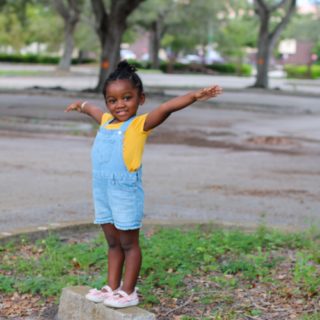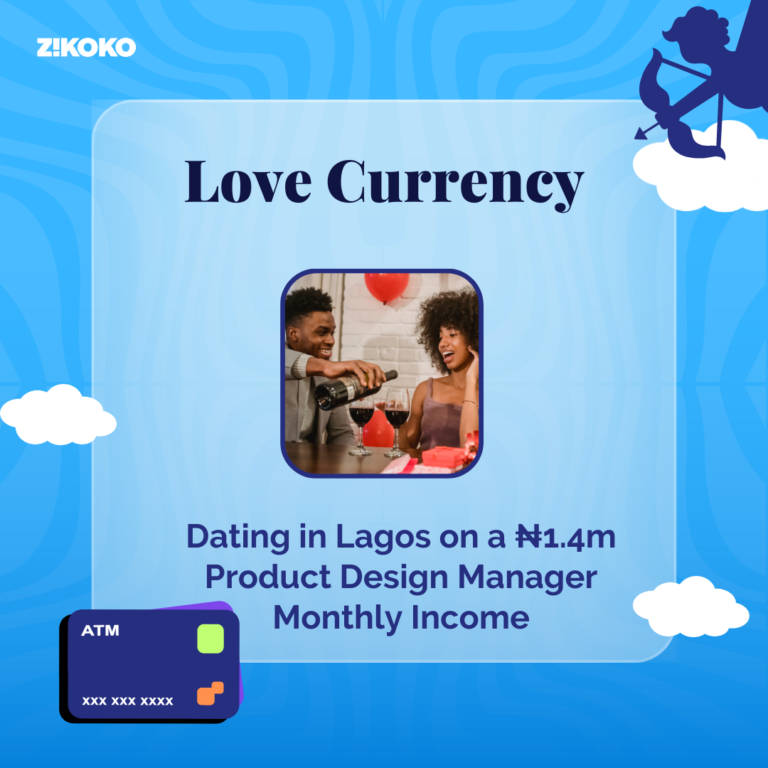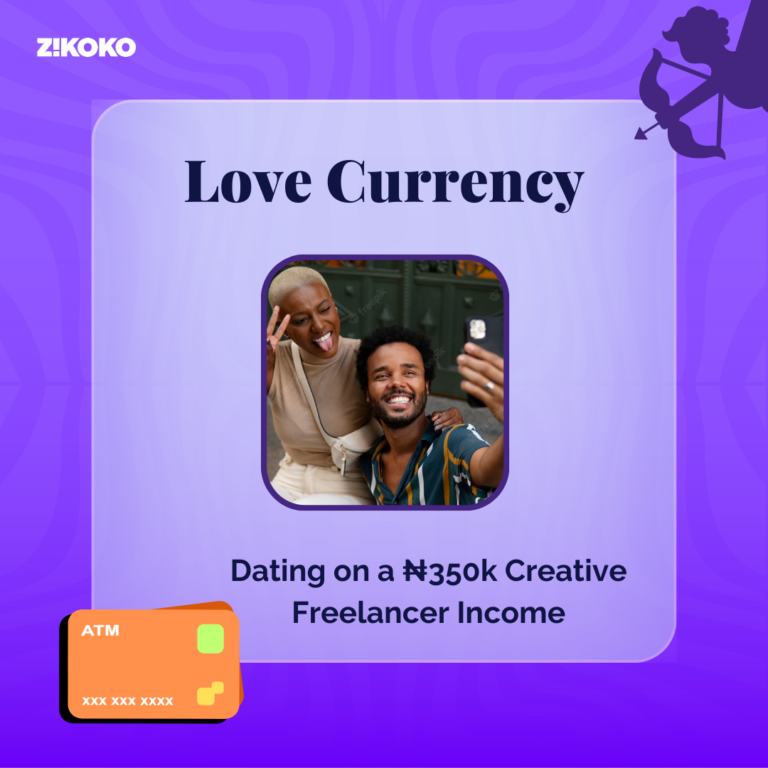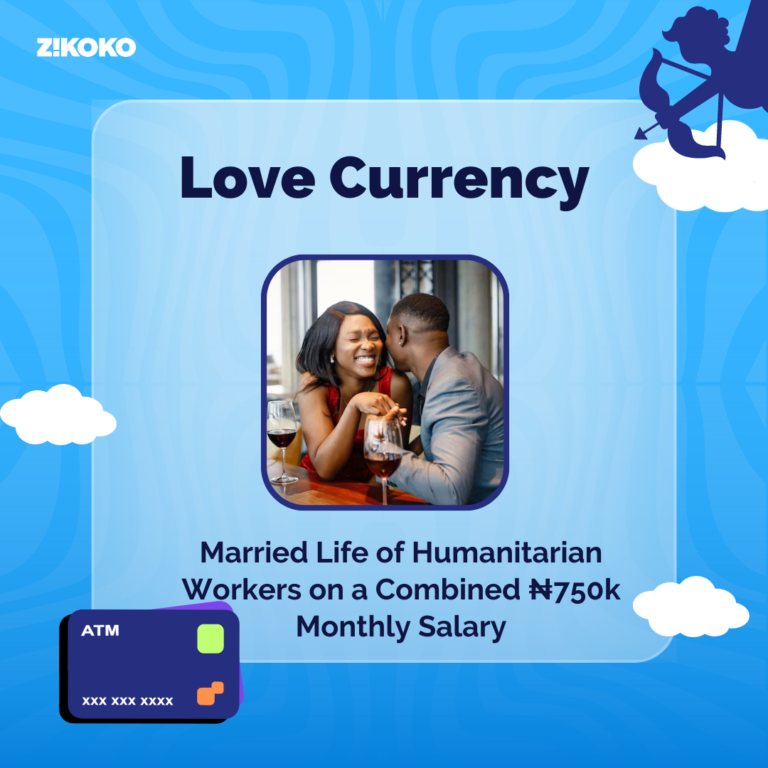Nelly started to experience a series of back spasms at 40 years old. To find the cause, she did a full body checkup at the hospital. And was shocked when her x-ray result revealed she had scoliosis — a curvature in her spine — a condition she’d been living with all her life.
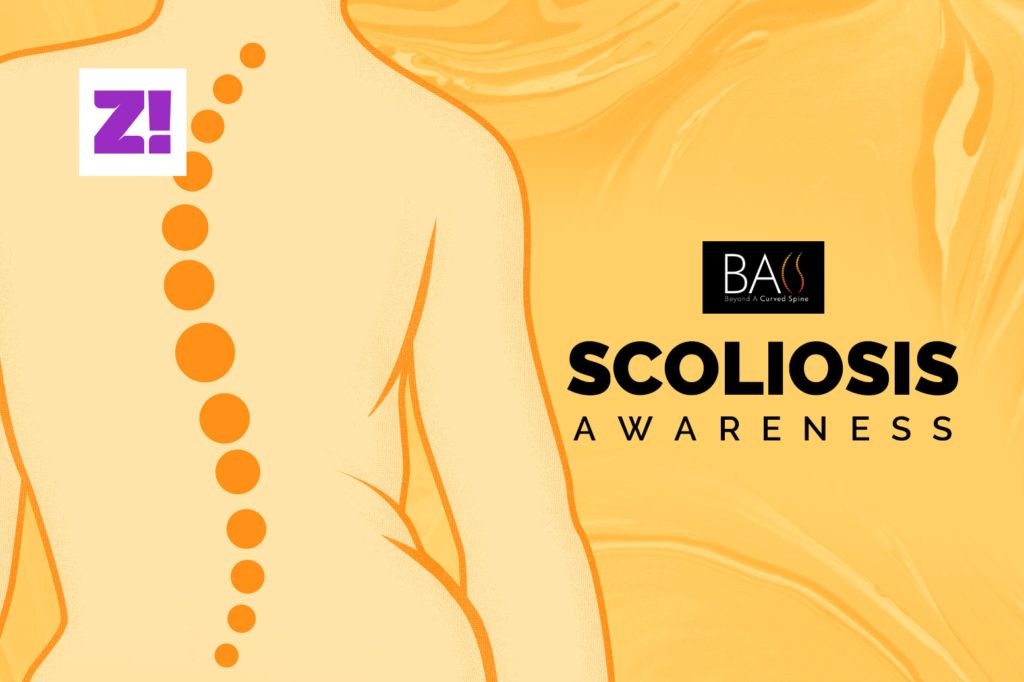
When did you find out you had scoliosis?
Sometime in June 2021. My office was still trying to adjust to the post-covid era, so even though we were back to going to the office, we tried to practice social distancing as much as possible. My meetings were still virtual, and I spent countless hours bent over my desk. So, of course, my posture was the first thing I blamed when I started to feel spasms in my back. And led me to get the x-ray.
I can imagine. How did you react when you got your results and saw you had scoliosis?
Before I got the diagnosis, I’d never even heard of scoliosis. So when the full body scan came out positive for it, I was confused. It also said my case was idiopathic— it had no known cause. I immediately went to Google. Trust the site to show you the most horrifying pictures. I was so scared.
Then I remembered all the times when my friends had tried to point out that one of my shoulder blades was higher than the other, and I walked in a “funny” way, tilting to the right. There was even a day I looked at myself in the mirror and noticed my back was like a snake.
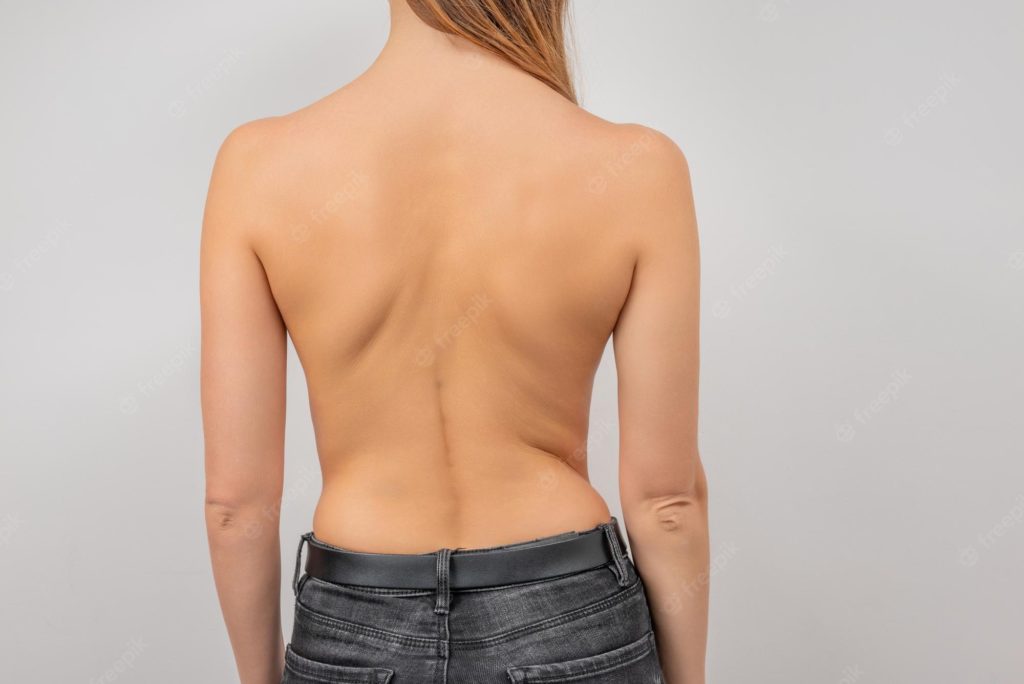
I just brushed it off like most of us Nigerians do. I thought what you didn’t know couldn’t kill you.
What did you do after finding out about the condition?
The question should be, what didn’t I do? If the back pain was a 1 initially, after I went to the hospital, it started to feel like a 20. I was sleeping and waking up on Google, looking at pictures, researching the cause, crying and asking God why he allowed this to happen to me. Whenever I picked up my phone, scoliosis was all I saw.
That sounds haunting. Was there anything that helped?
From exercises to correct sleeping positions, I tried them all. Instead of lying face down, I changed to lying face up because it was supposed to help. I’d also wake up early, around 4:30 a.m., to start exercising before I got ready for work. I even got a pillow to provide support for my back when I was sitting.
But what did the doctors prescribe?
The doctor that conducted my x-ray recommended a brace, which I got for ₦21k at the time and started wearing under my outfits to work.
I can’t remember how long I wore it for, but aside from the general discomfort, it ruined my style. Whenever I wore a jacket, it looked like something was popping out my back.
I could barely bend, and I looked physically uncomfortable. One day at the office, my boss called and asked why I was wearing it if it made me so uncomfortable. I was living life just fine before I went to the hospital, so I went to the restroom and took it off. And that was when I decided to get a second opinion.
How did that go?
The doctor I met said the curve wasn’t so bad. And I only needed a physiotherapist and exercise. The physiotherapist I saw claimed it was actually very bad, but he could “cure” it if I did sessions for a year. Each session was ₦5k.
As the Igbo girl I am, I told him I wanted to pay for one month first, but I wasn’t going to pay that price, especially when I planned to have a lot of sessions. We settled for ₦2k per session and three sessions a week.
That’s ₦6k a week?
Yes, ₦24k for the month. The physiotherapist asked to see my workstation and bed, so I sent pictures. He asked me to change my office chair, suggesting something to help reduce my slouching and straighten my back. I also had to change my bed because it was old and wasn’t as sturdy.
Did that work?
They helped with the spasms but didn’t change that I still had an S-curved spine. And when you have a condition like that, it messes with your self-esteem. I became very conscious of how my body looked.
Sorry you had to go through that.
Thanks. The first person I told was my mum. I called her crying and asked why she hadn’t noticed something was wrong with me while growing up. According to the doctor, I’d had scoliosis from birth. She said how I would have gotten it since I didn’t fall while I was a baby, nor did I ever carry heavy loads on my back. She asked who even told me I had scoliosis.
My siblings were not left out. Every call with them ended with me crying. I even downloaded the images I saw online and sent to them. They became more worried when I started considering surgery because that was the only solution. They tried to convince me I was perfect the way I was and didn’t need the surgery.
What about your husband?
He consoled me whenever I felt sad and also began to give me back massages when the spasms started. In the first few months, I even stopped sweeping or doing any chores that’d make me bend.
My people tried their best. But there’s nothing like having someone to talk to who can actually relate to your condition. So you can imagine my excitement when I stumbled on a WhatsApp link to a group for “scoliwarriors”.
When you say “stumbled”?
Reading about scoliosis online paid off. I can’t trace where exactly I saw the link, but I know I joined the group. Some people asked questions and shared pictures of their backs. I also started to ask a lot of questions.
That was when I got a private message from a member who said she thought I needed to meet with a surgeon for a proper evaluation. She gave me a contact, and I immediately chatted the surgeon up and booked the nearest appointment since he was in Lagos.
I had to do another x-ray. He measured my curve and said it was only 43 degrees. Considering the matureness of my bones, he didn’t think I had anything to worry about. He said if the curve was up to 50 degrees, he’d have advised surgery.
I told him my body was constantly aching. I couldn’t sleep face down anymore; I felt like it was compressing my lungs, and I was dying inside.
What did he say to that?
He still insisted I should go on enjoying my life. That I was paranoid because of all the things I’d read online. He invited me to watch the scoliosis surgery he was performing that weekend to prove the whole thing wasn’t as horrifying as I imagined.
And did you go?
I got there before the doctor. Watching the procedure was fascinating, and he allowed me to take pictures. Because I’d witnessed a surgery first-hand, I made a video to encourage people in my scoliwarrior group who needed surgery but were too scared to go through the process.
That’s when a girl texted me that her 15-year-old sister had scoliosis, and her mum had been warned by their pastor that if she had the surgery she’d die.
Oh wow.
I got valuable materials about the surgery from the internet and asked her to share them with her mum. I also assured her the surgeon was one of the best orthopaedic doctors in the world, so she was in safe hands.
Eventually, the mum agreed. But then, the surgery cost ₦7m, and the family only had ₦2m. I called my surgeon, Dr Mutaleeb and told him about the situation on ground. The woman was a widow and the girl desperately needed to have the surgery.
To show my determination, I sent ₦500k to his account as my donation towards the cause. And I challenged him to add his own ₦500k. I also added him to our WhatsApp group.
Were you present at the surgery?
Oh no. The surgery was at the National Orthopaedic Hospital in Kano. I followed up with the surgeon and the girl’s mother from when they got there until after the successful surgery.
Are you still considering surgery?
Honestly, it depends on the outcome of my test next month. In September, I noticed that my curve had become more obvious. I think it’s because I’ve added weight, but I can’t say for sure until I do my x-ray and measure the progression.
My pastor thinks I shouldn’t go for surgery, though. That God will heal me. I said amen in faith, but I’ve also made it clear that if I need surgery, I’ll go for it.
So far, what do you consider your biggest win as a scoliwarrior?
Fellow scoliwarriors are no longer scared of having surgery. Sometimes, some insist I go with them for the procedure, and I show up. I’ve witnessed about four surgeries.
Another achievement for me would be bringing the surgeon in as a member of our organisation. People need help, and they need to be able to access it.
I’ve also met amazing people in the group, and we keep growing. Right now, we’re about 161 participants on WhatsApp. Whether I’m on the road or visiting a friend, I’m always on the lookout for anyone who might be suffering from scoliosis.

